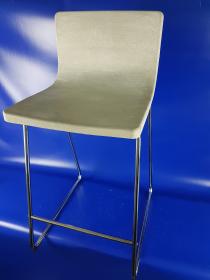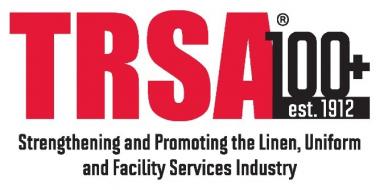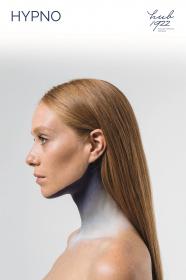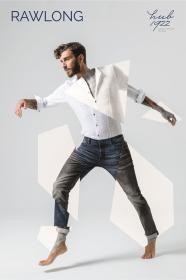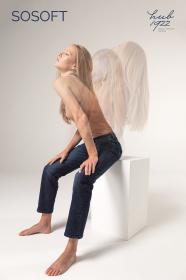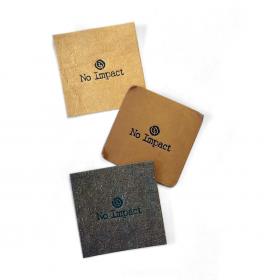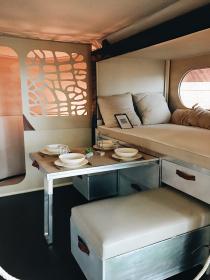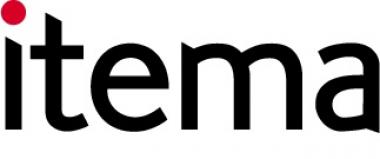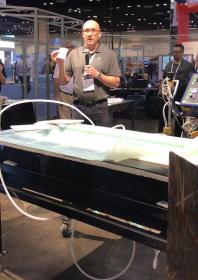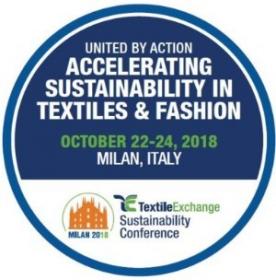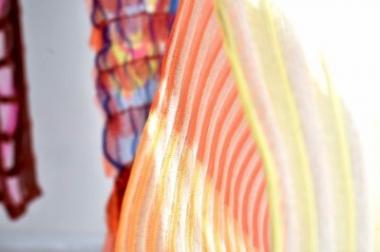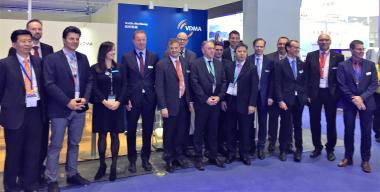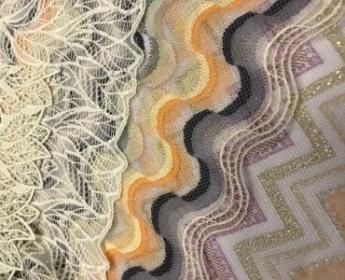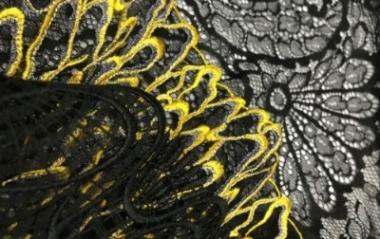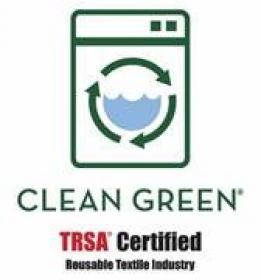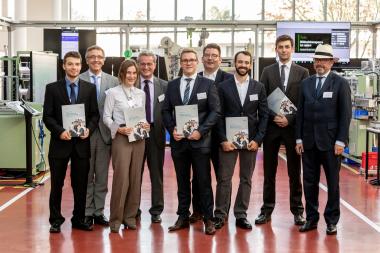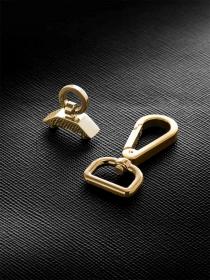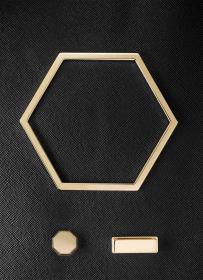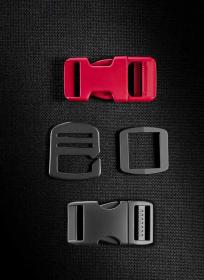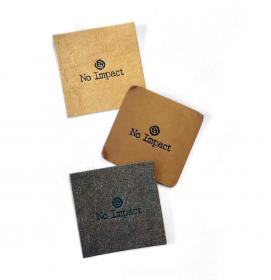ITA at the Composites Europe 2018 in Stuttgart
At the Composites Europe in Stuttgart /06 - 08 November 2018), the Institut für Textiltechnik of RWTH Aachen University, short ITA, will be showing products, components and machines along the fibre composite process chain. The ITA will present itself at the booth of the Aachen Center for Integrative Lightweight Construction (AZL) in hall 9, booth E70. Various demonstrators will be used to present selected innovative processes and products over the individual steps. The exhibits come from different fields of application: From mobility applications to the construction sector. Here is an example from the field of "construction composites":
With the concrete bar stool with hybrid carbon reinforcement, the ITA demonstrates that textiles as reinforcement structures for concrete elements allow a enormous geometrical freedom of Design. So far, manual positioning of the textile reinforcement used to be time-consuming and complex, as permitted tolerances are in the millimetre range. Thus the production mainly contributed to the high costs of textile concrete.
At the ITA, the two industrial partners Albani Group GmbH & Co. KG and DuraPact 2.0 Kompetenzzentrum Faserbeton GmbH developed a new hybrid reinforcement with integrated spacer. This hybrid reinforcement reduces the time required to position the reinforcement by up to 60 percent and thus makes the material significantly more
The new, cost-effective hybrid reinforcement contains an integrated spacer and thus faciliates the positioning of dry and coated reinforcements. The integrated spacer allows several layers of reinforcement to be stacked quickly, allowing the desired degree of reinforcement to be set. The hybrid reinforcement consists of a carbon or glass fibre grid joined with a permeable polyamide mat and will be available in roll form from industrial partners in the near future.
Institut für Textiltechnik of RWTH Aachen University


